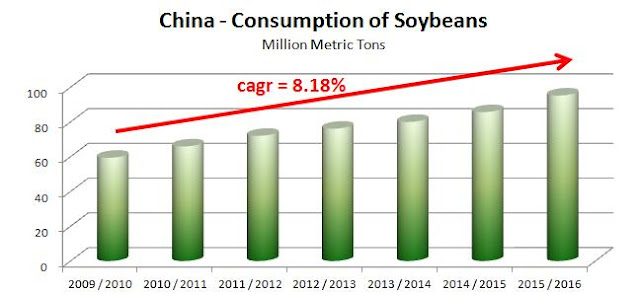As the charts show, the portfolio, comprising five stocks (Fresnillo, Claude Resources, Newmarket Gold, Fortuna Silver and Richmont Mines) returned a profit of 66.5% since December 16, 2015. In the same period the broad precious metals miners market, represented by GDX, returned 42.1% while
S&P 500 lost 0.6%.
Let me show the performance of each stock, included in my portfolio:
The leaders were Claude Resources (96.5% up) and Richmont Mines (88.6% up). The worst results were delivered by the heavy-weight silver / gold miner, Fresnillo plc (up 35.3%).
As I notified my readers on March 7, 2016 - Claude Resources left my portfolio due to being acquired by Silver Standard Resources. Although this deal is not closed as of today, I assume that it will be closed soon. In my opinion, it is not a fair deal for Claude's shareholders. I believe that this stock could go much, much higher without Silver Standard but the Claude's management thinks differently. That is why I sold all Claude's shares on March 7, 2016 at C$1.42 a piece.
What now? Well, to be honest I had some problems with choosing another company. To remind my readers, the following conditions must be filled if any stock is to be included into my portfolio:
- Only producers - My picks do not include any exploring company. Simply put, explorers are riskier than producers, and I want to limit risks as much as possible. What is more, these producers must hold at least two operating mines.
- Debt free - Debt is also risky, so my top companies hold either very small debt or even no debt at all.
- Low costs of production - My picks are low-cost producers. If I am wrong claiming an incoming end of a bear market in precious metals, low-cost producers should perform relatively better than other PM-related stocks. It means that losses incurred by investors should be relatively low.
- Last but not least - Catalysts - Looking for the best stocks, I was trying to find companies with some near-term catalysts defined as a big chance for a relevant increase in production.
So, starting from April 1, 2016 B2 Gold (NYSE: BTG) will replace Claude Resources in my portfolio. This stock was acquired today at US$1.66 a share.
In a few days I will present my detailed opinion on this company. Today I only want to mention that the second condition (debt - free) is not filled - B2 Gold carries some debt, although, in my opinion, it is not a hard burden. On the other hand, this company is run by an excellent management so the debt risk is much mitigated.
Lastly, the chart below summarizes the results delivered by the portfolio on a monthly basis:


















































